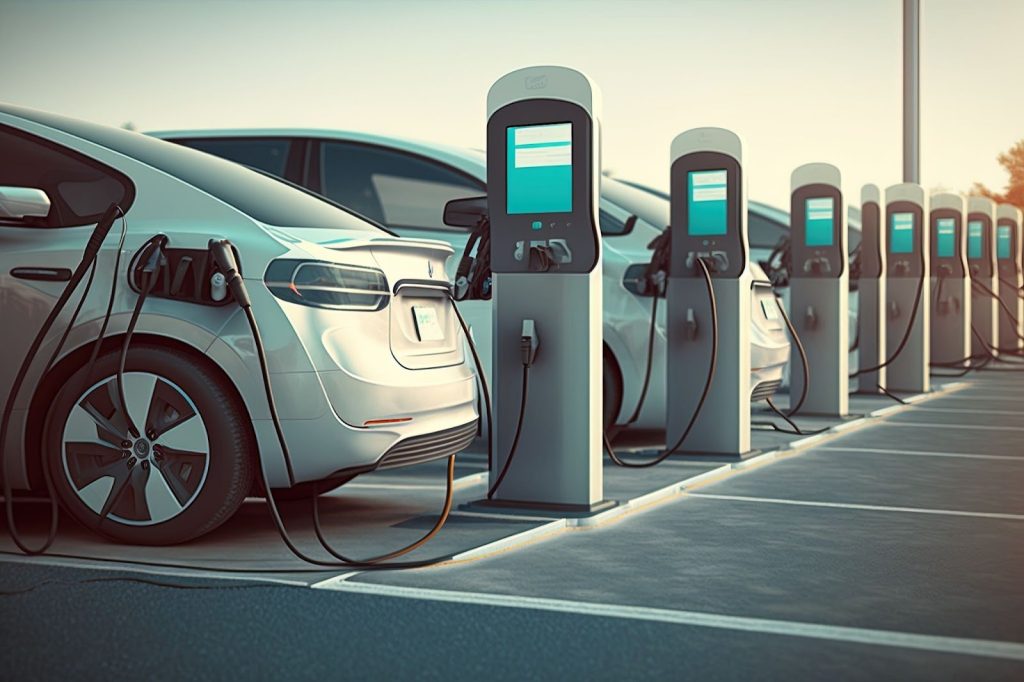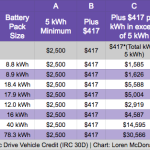Everything You Need to Know About Electric Vehicle Credit
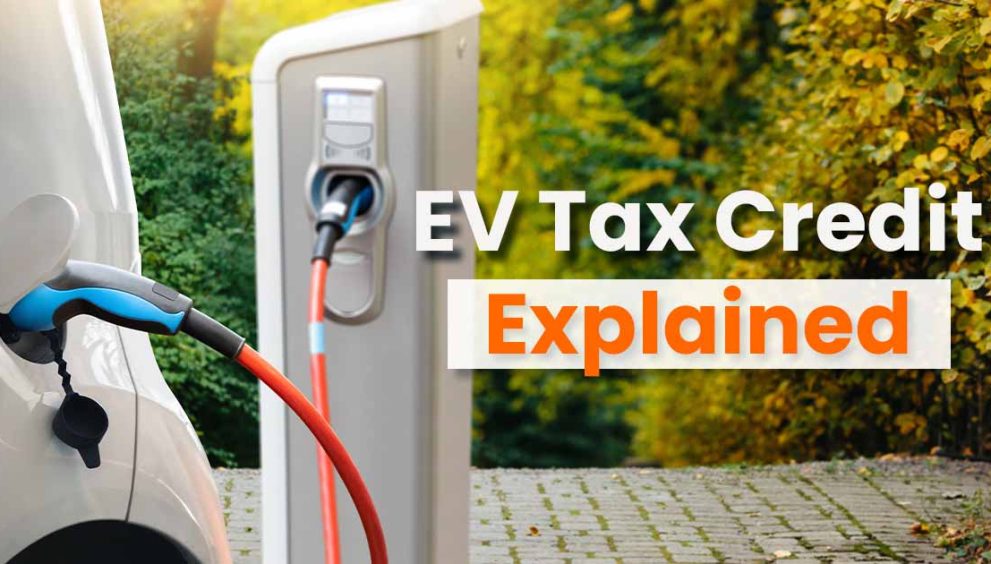
Electric vehicle credit is an essential financial incentive for individuals seeking to purchase or lease electric vehicles (EVs). As the global shift towards sustainable transportation accelerates, understanding this credit becomes crucial for potential EV buyers. This article aims to provide a comprehensive overview of electric vehicle credit, its implications, eligibility requirements, and how it supports clean energy goals.
What Is the Electric Vehicle Credit?
The electric vehicle credit serves as a financial benefit provided by governments to encourage the adoption of electric vehicles. Its primary purpose is to reduce the overall cost of purchasing or leasing an electric vehicle, making it more accessible to the general public.
Definition and Purpose of the EV Credit
At its core, the electric vehicle credit refers to tax credits available to individuals or businesses that invest in electric vehicles. By reducing the upfront costs associated with these vehicles, the credit aims to accelerate their adoption among consumers. This is particularly critical as climate change intensifies and policymakers aim to reduce greenhouse gas emissions.
The EV credit not only incentivizes purchases but also fosters innovation within the automotive industry. The prospect of tax savings encourages manufacturers to develop new technologies and improve existing models, ultimately leading to a broader range of options for consumers.
How the EV Credit Supports Clean Transportation
One of the most significant advantages of the electric vehicle credit is its role in promoting cleaner transportation solutions. By providing financial incentives, governments can encourage consumers to transition from gasoline-powered vehicles to electric alternatives.
This shift contributes to reduced air pollution and lower carbon emissions, helping to combat climate change. Studies indicate that widespread adoption of electric vehicles, supported by credits and incentives, can significantly decrease reliance on fossil fuels, thereby improving urban air quality and public health.
Furthermore, the credit can stimulate economic growth by creating jobs in manufacturing, charging infrastructure development, and renewable energy sectors. It represents a strategic investment in both environmental sustainability and economic resilience.
How Much Is the Electric Vehicle Credit Worth?
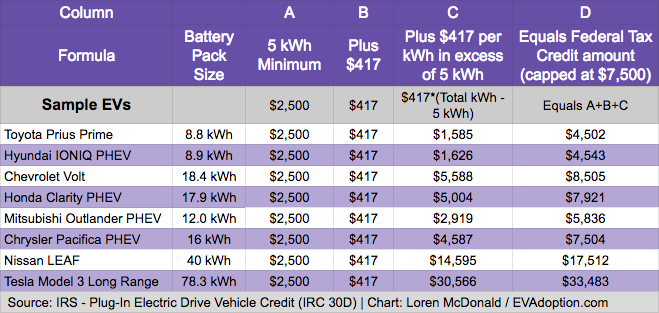
When considering the electric vehicle credit, potential buyers often want to know how much they can save. The value of the credit varies based on several factors, including federal laws and regulations in place at the time of purchase.
Federal Credit Amounts in 2025
As of 2025, the federal electric vehicle credit could be worth up to $7,500 for qualifying new electric vehicles. However, the specific amount eligible may depend on various criteria, including the battery capacity of the vehicle.
For example, vehicles with larger battery capacities might qualify for the full credit amount, while those with smaller batteries may receive a reduced benefit. Understanding which tier your desired vehicle falls into is paramount for accurate financial planning.
Additional Credits for Battery and Component Sourcing
In addition to the base credit amount, buyers may also be eligible for additional incentives based on where the vehicle’s battery and components are sourced. Recent policy changes have put emphasis on domestic sourcing; therefore, vehicles produced with a higher percentage of American-made parts may qualify for additional credits.
The ability to earn more through such credits reflects a growing trend where consumers are encouraged to consider not only the vehicle’s design but also its supply chain and environmental impact.
Differences Between New and Used EV Credits
It’s essential for potential buyers to note that there are differences between credits for new versus used electric vehicles. While new EVs generally qualify for the full federal credit, used EVs typically have a reduced credit amount which may be around $4,000.
Additionally, eligibility criteria differ, especially concerning the price cap on used vehicles. Understanding these distinctions can help buyers maximize their savings when transitioning to electric mobility.
You can read: Everything You Need to Know About Federal Tax Incentives For Electric Cars
Who Qualifies for the EV Credit?
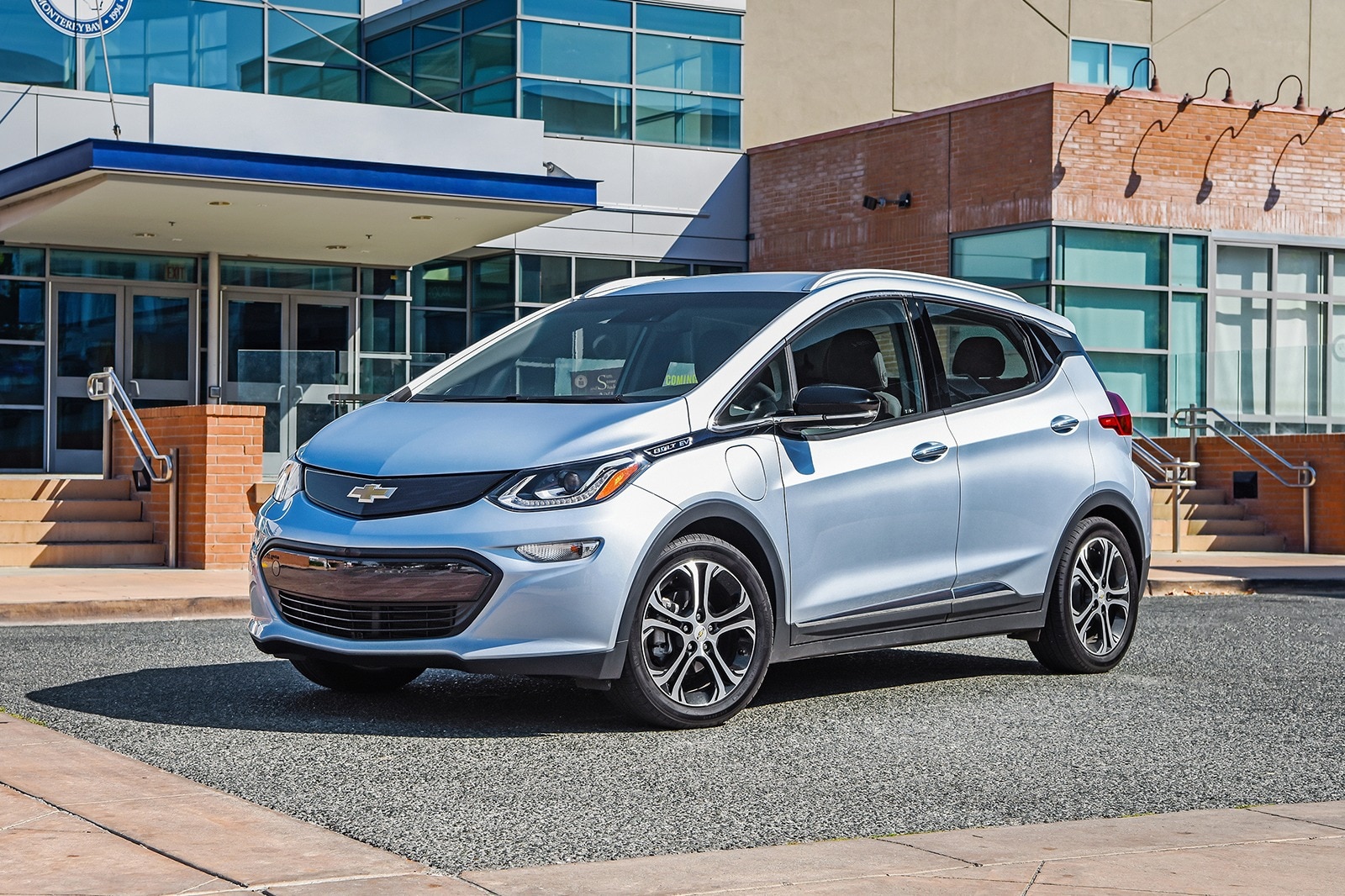
Eligibility for the electric vehicle credit is not universal; certain criteria must be met for buyers to benefit from the program. These qualifications ensure that the incentive serves its intended purpose effectively.
Income Limits and Filing Status
Financial status plays a critical role in determining eligibility for the EV credit. Certain income limits apply, meaning that higher-income households may not qualify for the full benefits, as policymakers aim to target middle- and low-income families.
Filing status may also affect the total credit amount. For instance, married couples filing jointly may have different limits compared to single filers. Buyers should assess their financial situation carefully before proceeding with any EV purchase.
Residency and Vehicle Use Requirements
Another facet of eligibility includes residency requirements. Generally, to qualify for the electric vehicle credit, purchasers must reside in the state where they claim the credit. Additionally, there may be stipulations regarding the intended use of the vehicle.
For example, if the vehicle is primarily used for commercial purposes, different rules may apply compared to personal use. Understanding these nuances is vital to ensure compliance and avoid potential issues during the tax filing process.
Leased vs. Purchased EVs
How you acquire your electric vehicle—whether through a lease or a purchase—can significantly impact your eligibility for the credit. In most cases, if you buy an EV, you directly claim the credit on your tax return. However, if you lease the vehicle, the leasing company is usually the entity that claims the credit.
This means that overall savings might not always translate to lower monthly payments for the lessee. Therefore, buyers should inquire about how the credit affects their leases and factor this into their financial decision-making.
Which Vehicles Are Eligible?

Not all electric vehicles automatically qualify for the electric vehicle credit. To obtain the benefits, certain criteria regarding the vehicle’s specifications must be met.
Requirements for EVs to Qualify
To be eligible for the credit, vehicles typically need to meet specific requirements laid out by the IRS. One fundamental criterion is that the vehicle must be powered primarily by electricity, using a battery pack with a minimum capacity.
Additionally, the vehicle must be purchased new or used from a qualified dealer, and the purchaser must intend to operate the vehicle primarily in the U.S. Compliance with these requirements ensures that the credit serves its intended purpose without unintended consequences.
Complete List of Eligible Models (as of 2025)
As of 2025, a wide range of electric vehicles qualifies for the electric vehicle credit. Major manufacturers, including Tesla, Ford, Chevrolet, and Nissan, have made significant strides in expanding their electric offerings.
An updated list of eligible models is published annually, capturing advancements in technology and shifts in market demand. Keeping abreast of this list can aid consumers in making informed decisions about their EV purchases.
Plug-in Hybrids vs. Fully Electric: What’s Included?
When evaluating electric vehicles, buyers often encounter plug-in hybrids alongside fully electric models. While both types offer substantial benefits, only certain plug-in hybrids may qualify for the credit.
Generally, fully electric vehicles tend to offer the most significant savings, whereas plug-in hybrids might come with limitations on credit amounts based on their electric-only driving range. Shoppers should weigh these considerations when deciding between different vehicle types, factoring in their personal usage needs and long-term sustainability goals.
How to Claim the Electric Vehicle Credit

Navigating the process of claiming the electric vehicle credit can initially seem daunting, but it essentially boils down to filling out the appropriate forms and following the correct procedures.
IRS Forms You’ll Need (Form 8936, etc.)
To claim the electric vehicle credit, taxpayers typically need to fill out IRS Form 8936, titled “Qualified Plug-in Electric Drive Motor Vehicle Credit.” This form requires detailed information about your vehicle, including make, model, and VIN, to validate your eligibility.
Completing this form accurately is crucial for ensuring that your claim is processed efficiently. Mistakes or omissions may lead to delays or denials.
Timeline and When to Apply the Credit
Understanding when to apply for the credit is equally important. Generally, the credit is claimed when filing your annual tax returns. It’s advisable to keep records of your purchase and any supporting documentation that may be required by the IRS.
Taxpayers can also consult with tax professionals to clarify timelines and ensure all aspects are accounted for in their filings. Awareness of deadlines can help avoid potential issues down the line.
Tips to Avoid Claim Rejections
To prevent your claim from being rejected, careful attention to detail is necessary. Begin by verifying that your vehicle qualifies for the credit by checking against the official list of eligible models.
Ensure that all required information is correctly filled out on Form 8936 and that any supporting documents are attached. Consulting tax experts or leveraging software can help streamline this process and mitigate common pitfalls.
State and Local Incentives You Can Combine
In addition to the federal electric vehicle credit, many states and local municipalities offer supplementary incentives that can significantly enhance overall savings for EV buyers.
Popular State Programs That Add to Federal Credit
Some states have developed robust programs aimed at further incentivizing electric vehicle purchases through rebates, tax credits, and other financial incentives. For example, states like California, New York, and Colorado have established programs that provide significant rebates on top of the federal credit.
By combining these state programs with the federal EV credit, buyers can sometimes see substantial reductions in the overall cost of their new electric vehicles. Researching local incentives can yield considerable rewards.
Real-World Example: Total Savings Breakdown
A practical illustration of combined incentives could involve a consumer looking to purchase a new electric vehicle priced at $40,000. If they qualify for the federal credit of $7,500 and their state offers an additional rebate of $3,000, the total savings amounts to $10,500.
Such examples illuminate the importance of understanding the full landscape of incentives available and can empower consumers to seize opportunities that align with their financial goals.
Recent Updates and Policy Changes
The landscape of electric vehicle credits is continually evolving, influenced by legislative actions and policy updates designed to encourage cleaner transport solutions.

Updates from the Inflation Reduction Act
One pivotal change in recent years has been the introduction of the Inflation Reduction Act, which aims to bolster incentives for electric vehicles. This comprehensive legislation outlines new benchmarks and requirements for EV eligibility, focusing on fostering green energy solutions.
Understanding the nuances of this act can help potential buyers navigate available incentives effectively, ensuring they maximize their savings during the purchase process.
Rules on Critical Minerals and Final Assembly
Part of the push for EVs under the Inflation Reduction Act includes new rules surrounding critical minerals and final assembly. These regulations emphasize that a certain percentage of materials must come from designated sources or undergo final assembly within the United States.
These stipulations are designed to promote domestic production and strengthen the supply chain, potentially influencing consumer choices based on available incentives tied to domestic sourcing.
What Changed in 2024–2025?
As we look toward 2025, several changes will likely impact the electric vehicle credit. The introduction of stricter guidelines and expanded eligibility criteria may alter the landscape of available models and the related incentives.
Remaining informed about these upcoming changes can be beneficial for prospective EV buyers, allowing them to capitalize on any new opportunities that arise.
Common Mistakes and FAQs
Even with a wealth of resources available, potential buyers frequently encounter misconceptions and challenges when navigating the world of electric vehicle credits.

Misconceptions About EV Tax Credits
One common misconception is that the electric vehicle credit applies universally to all electric vehicles. In reality, eligibility is contingent upon specific criteria, requiring careful review by the buyer.
Additionally, many consumers mistakenly believe that the credit provides instant savings at the time of purchase. However, the credit is typically applied when filing taxes, meaning upfront costs remain unchanged until the subsequent tax season.
Can You Transfer the Credit to the Dealer?
There is often confusion surrounding whether consumers can transfer the electric vehicle credit to the dealer at the point of sale. Generally, the credit is non-transferable, and the individual who purchases the vehicle is responsible for claiming it on their tax return.
Understanding this aspect is critical for consumers seeking to leverage the credit into immediate cost reductions.
What If You Don’t Owe Enough in Taxes?
A frequent query involves concerns over owing insufficient taxes to fully utilize the electric vehicle credit. If a taxpayer finds themselves in this position, they must recognize that the credit is non-refundable, meaning it can only reduce tax liability to zero but cannot result in a refund.
In these situations, the unused portion of the credit can often be carried forward to subsequent tax years, allowing users to benefit in the future. It’s wise to plan accordingly to maximize the utility of the credit.
Video
Conclusion
Is the EV credit still worth it in 2025? The answer is a resounding yes. With the ongoing evolution of policies surrounding electric vehicles, potential buyers have access to an array of incentives designed to make the transition to electric mobility financially viable.
For first-time EV buyers, it’s essential to conduct thorough research into eligibility requirements and available incentives to make informed decisions. By staying well-informed about the electric vehicle credit landscape, buyers can maximize their savings and contribute positively to a sustainable future. Transitioning to electric vehicles isn’t just an eco-friendly choice; it’s also a financially sound investment in today’s rapidly changing automotive market.

